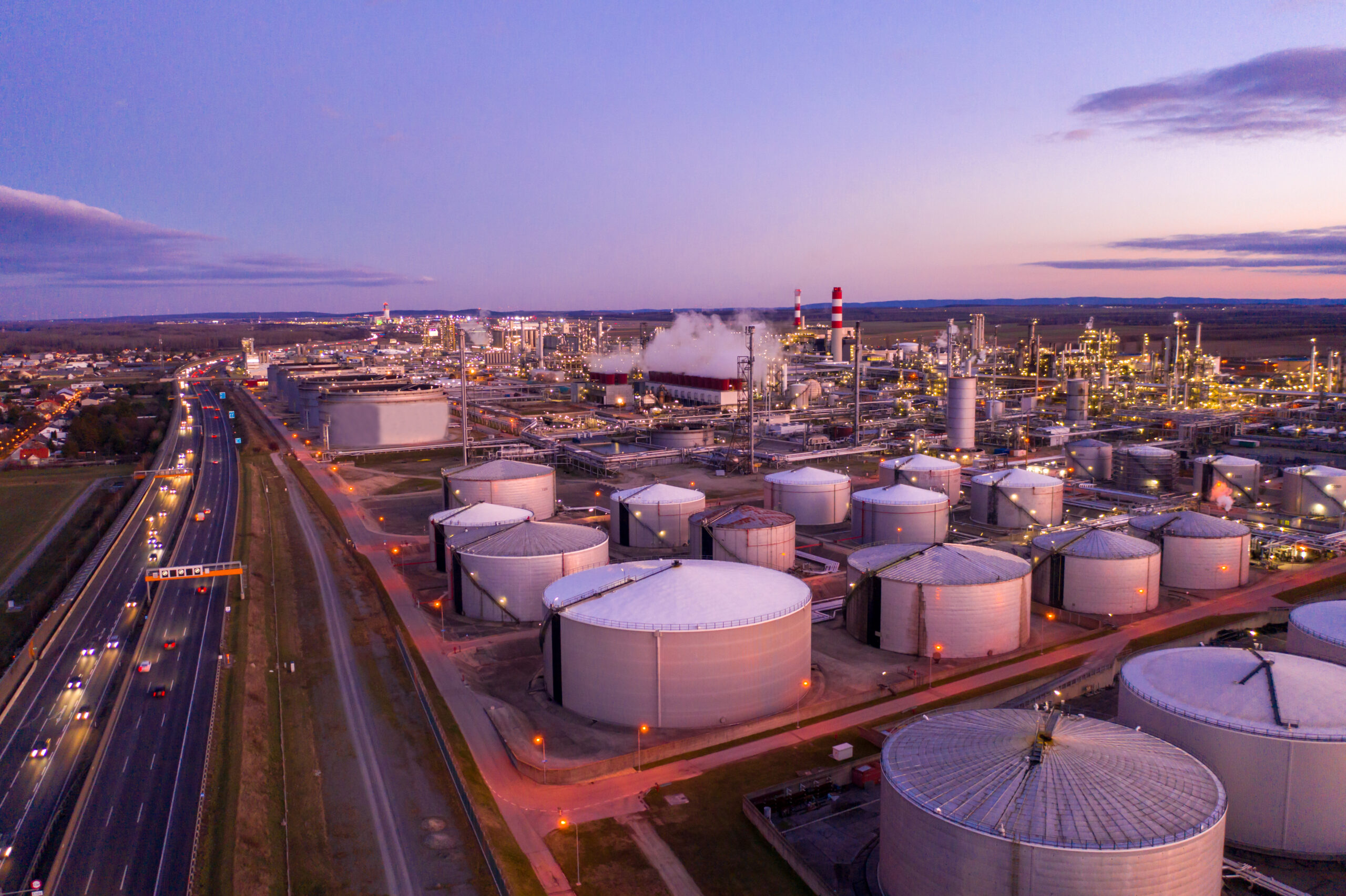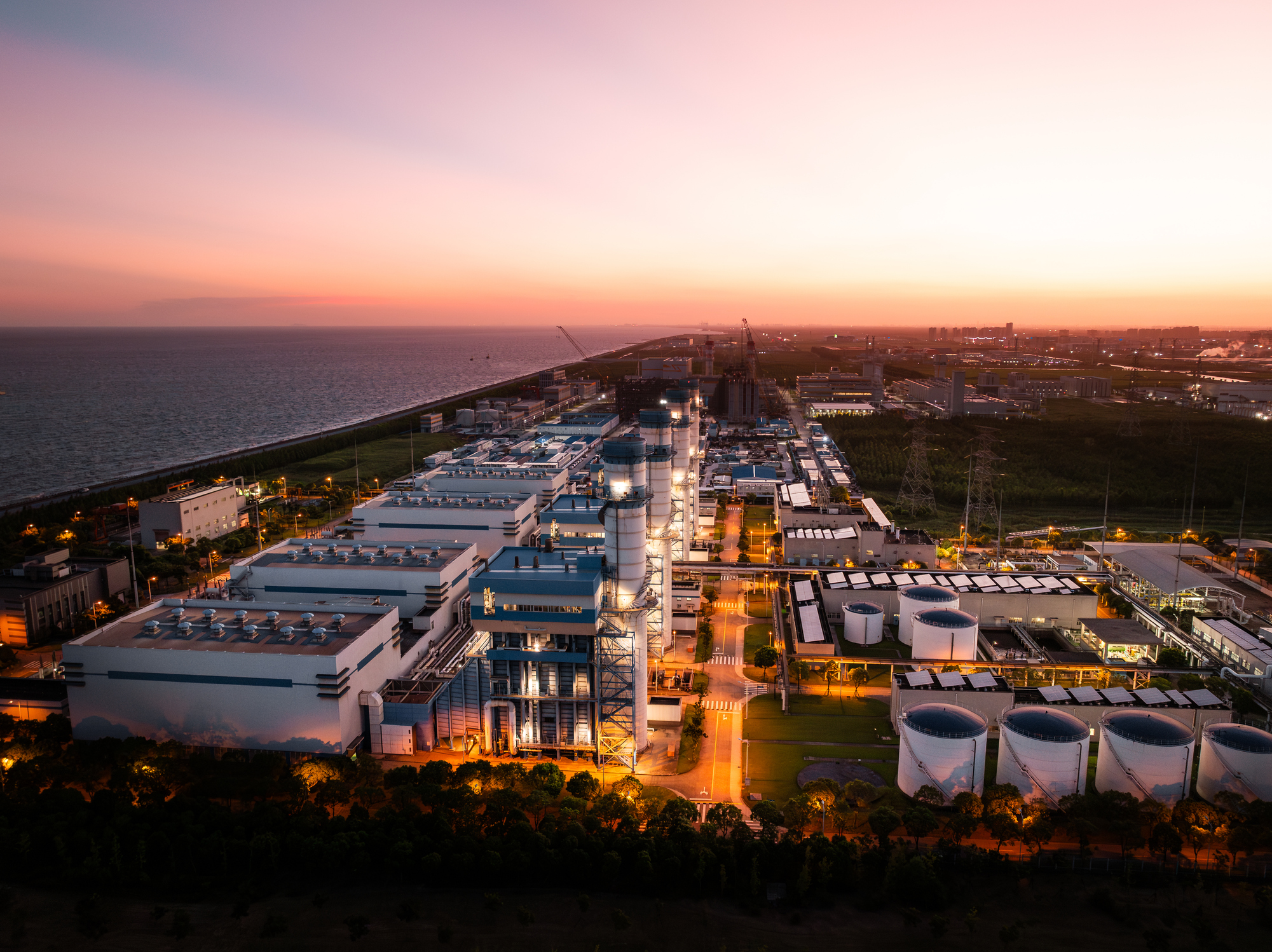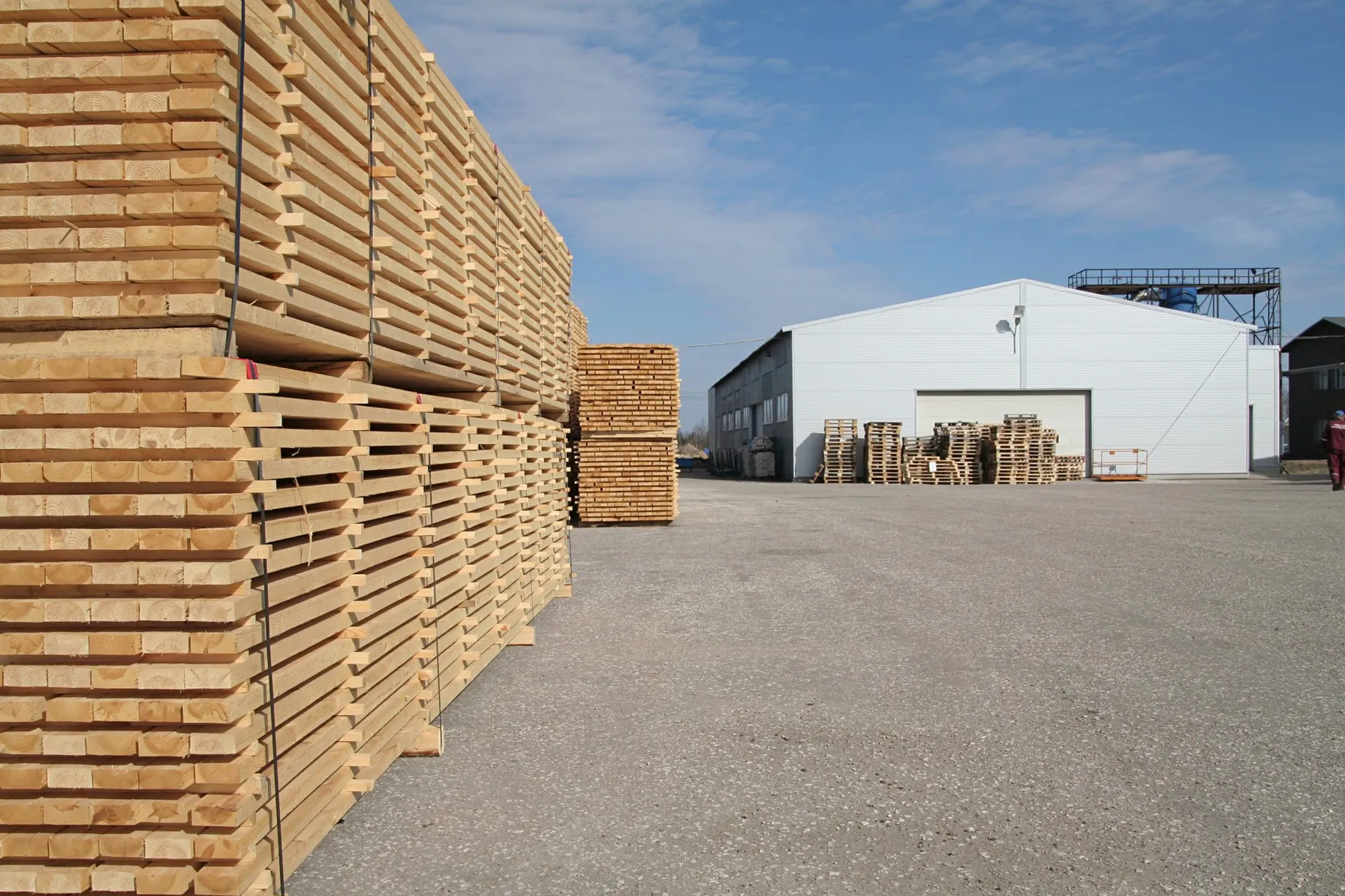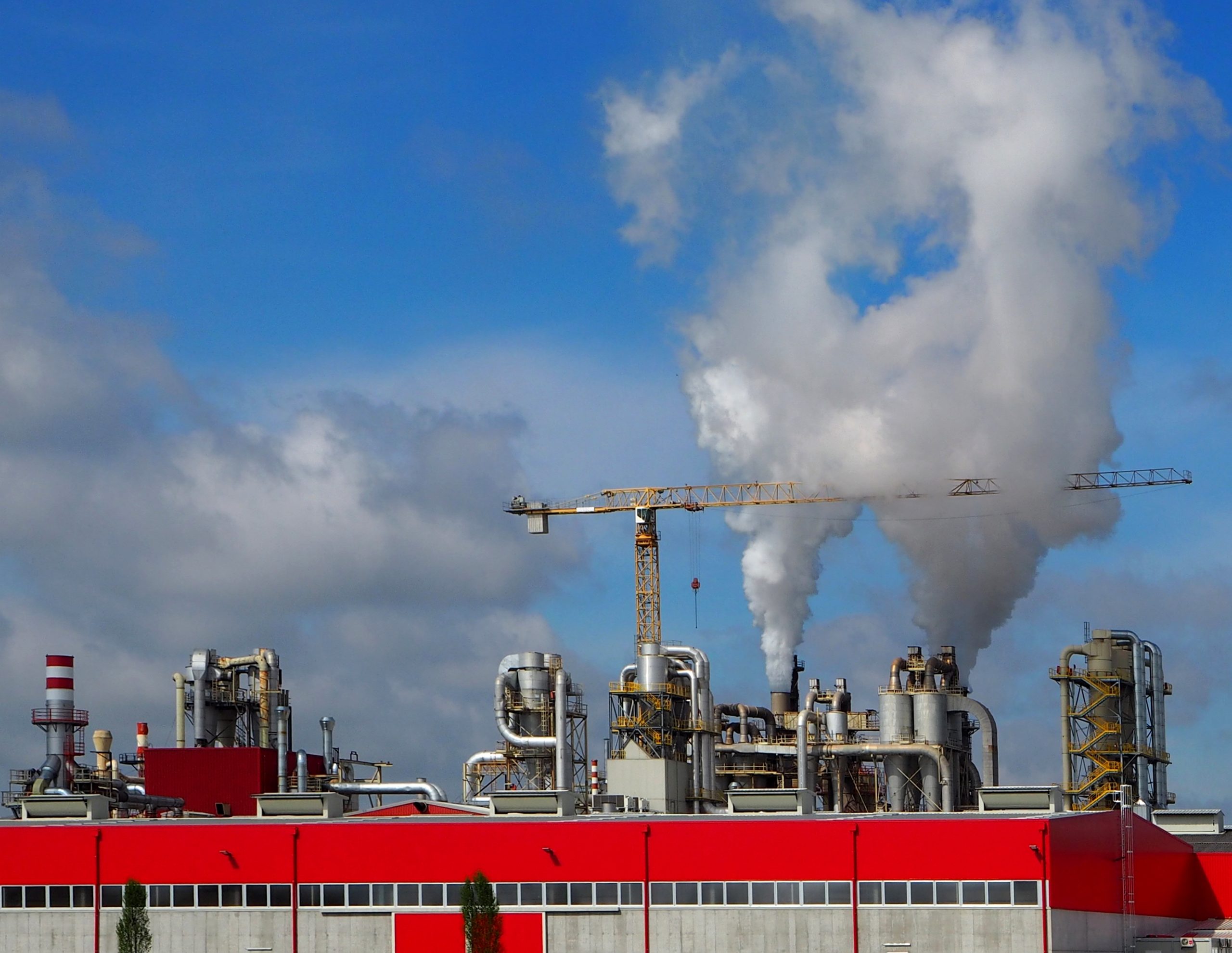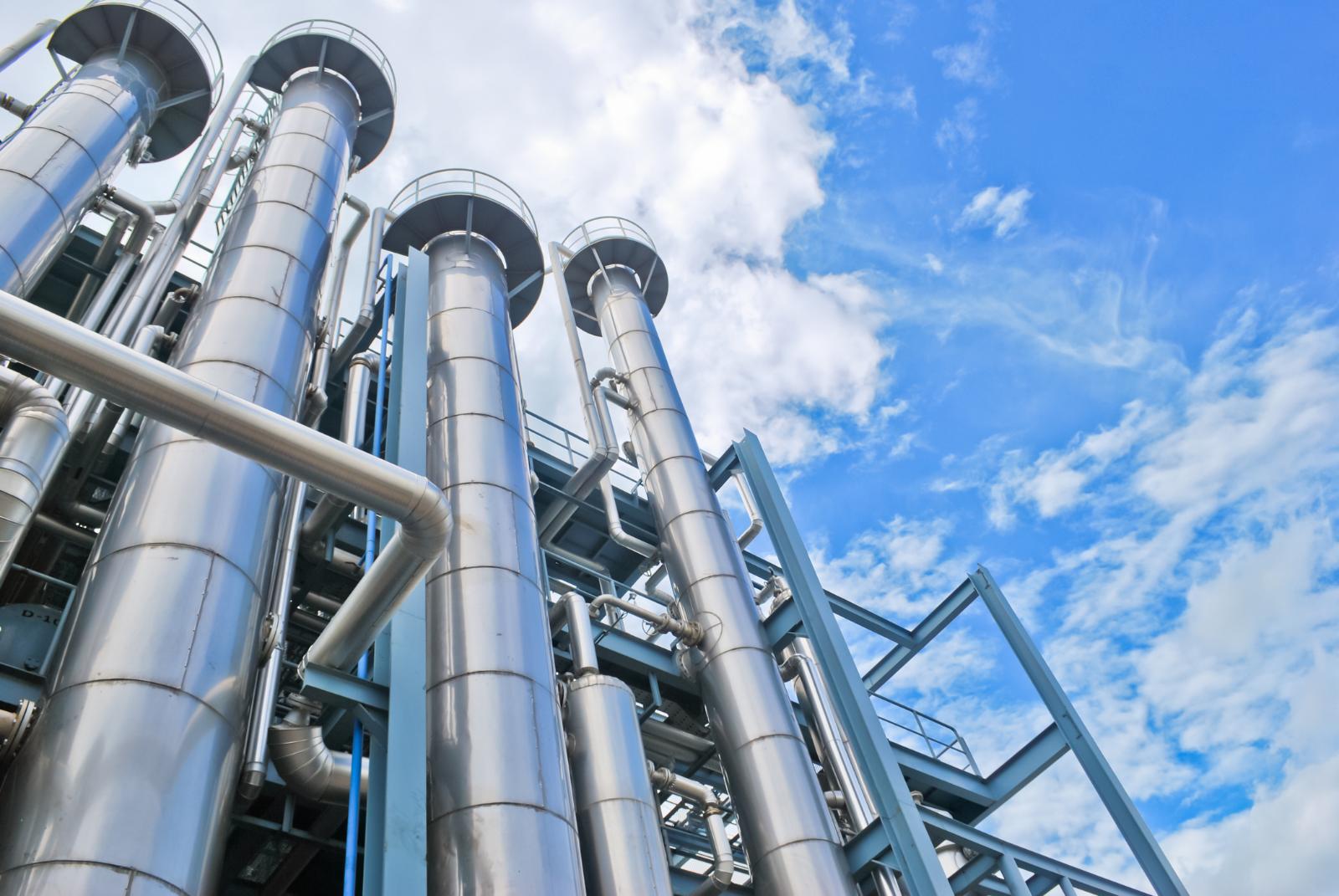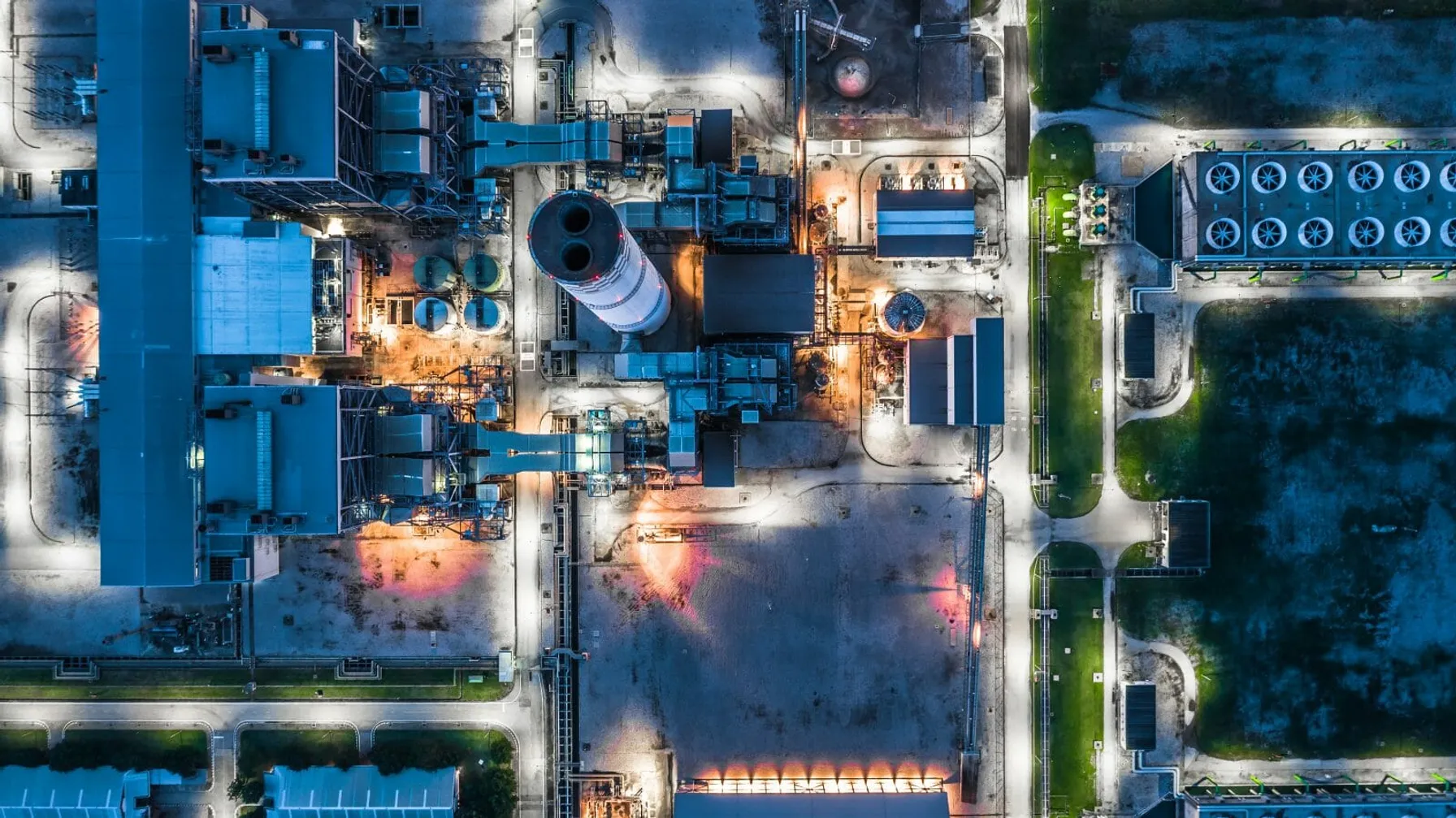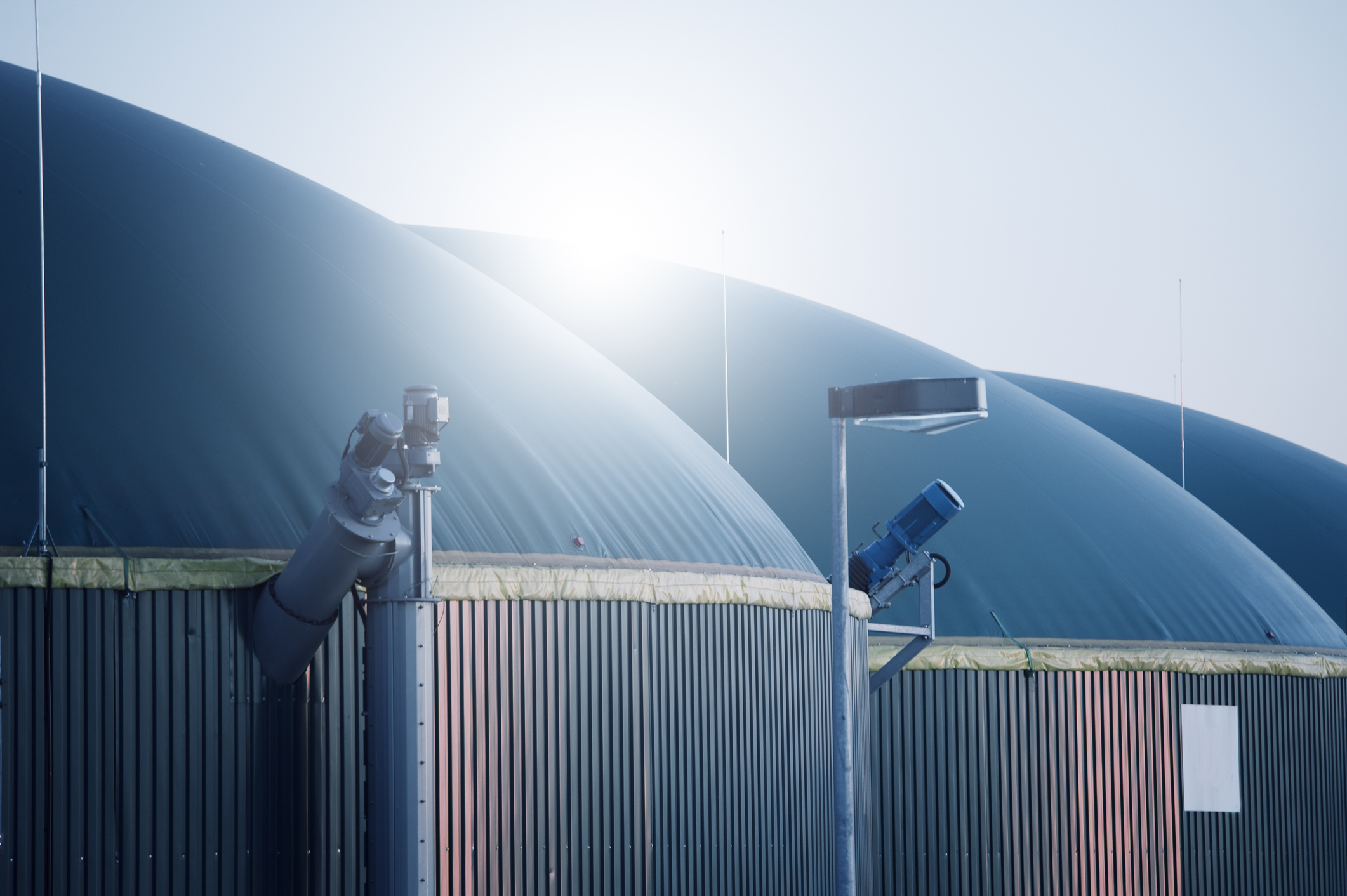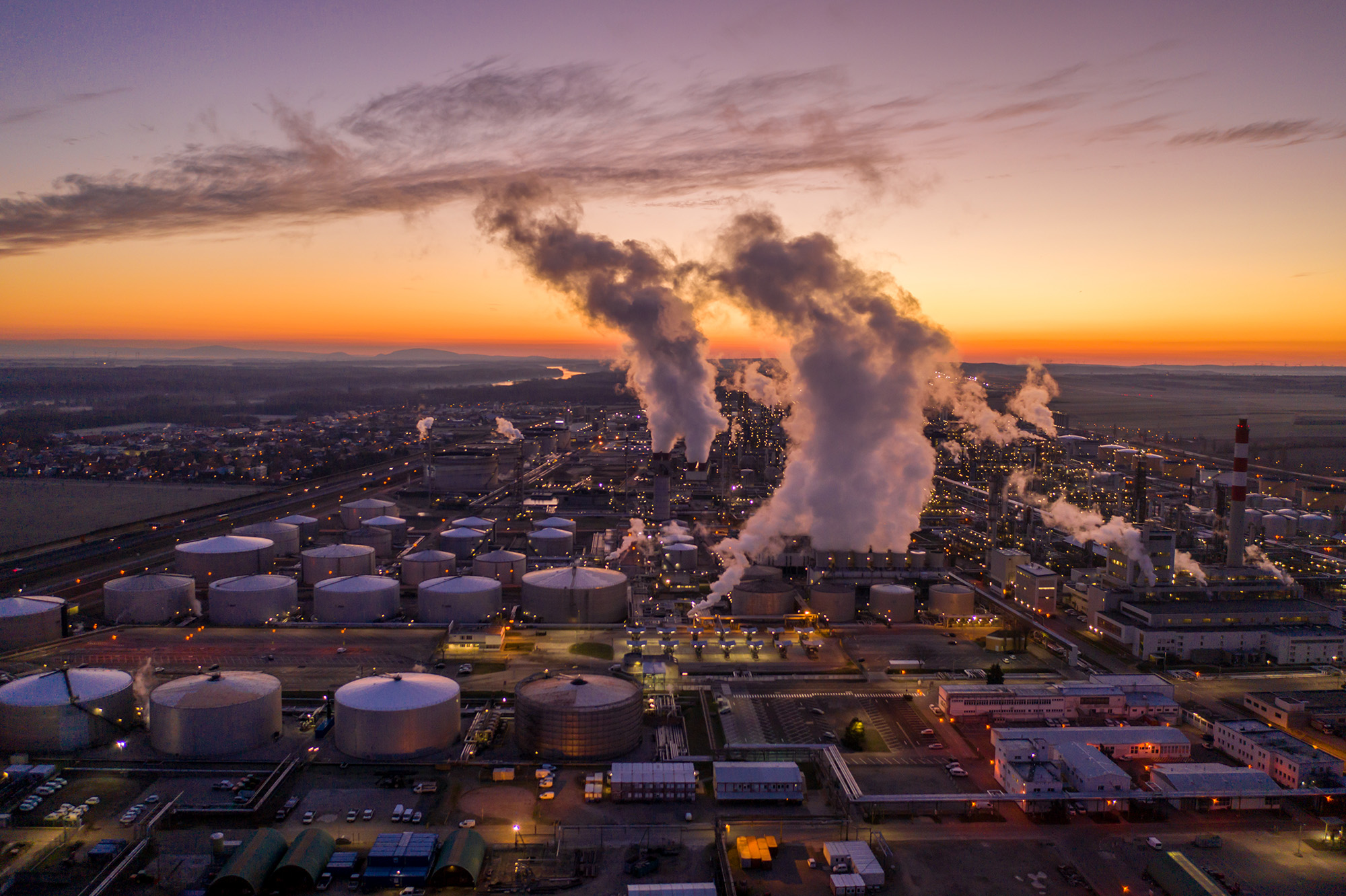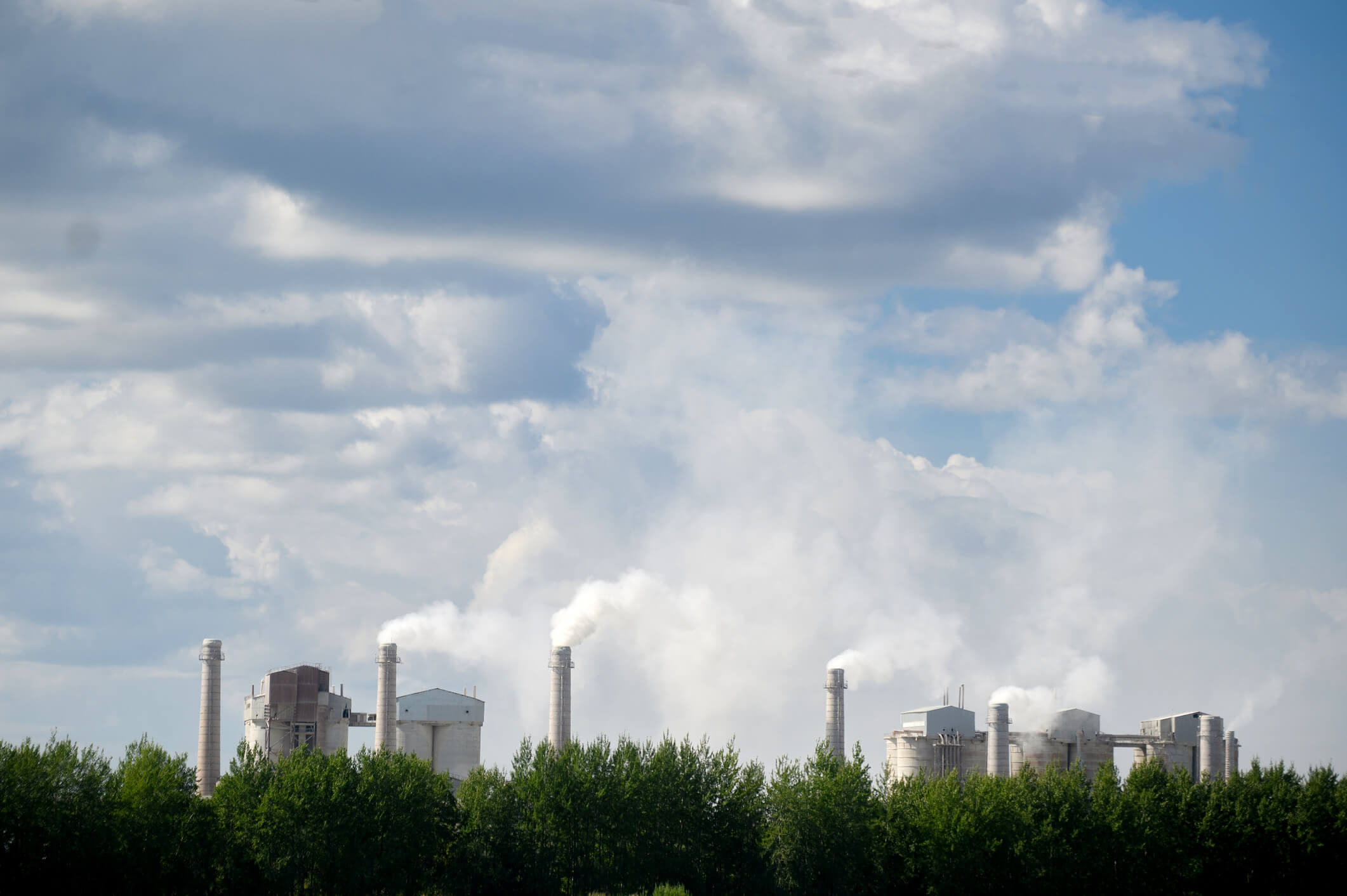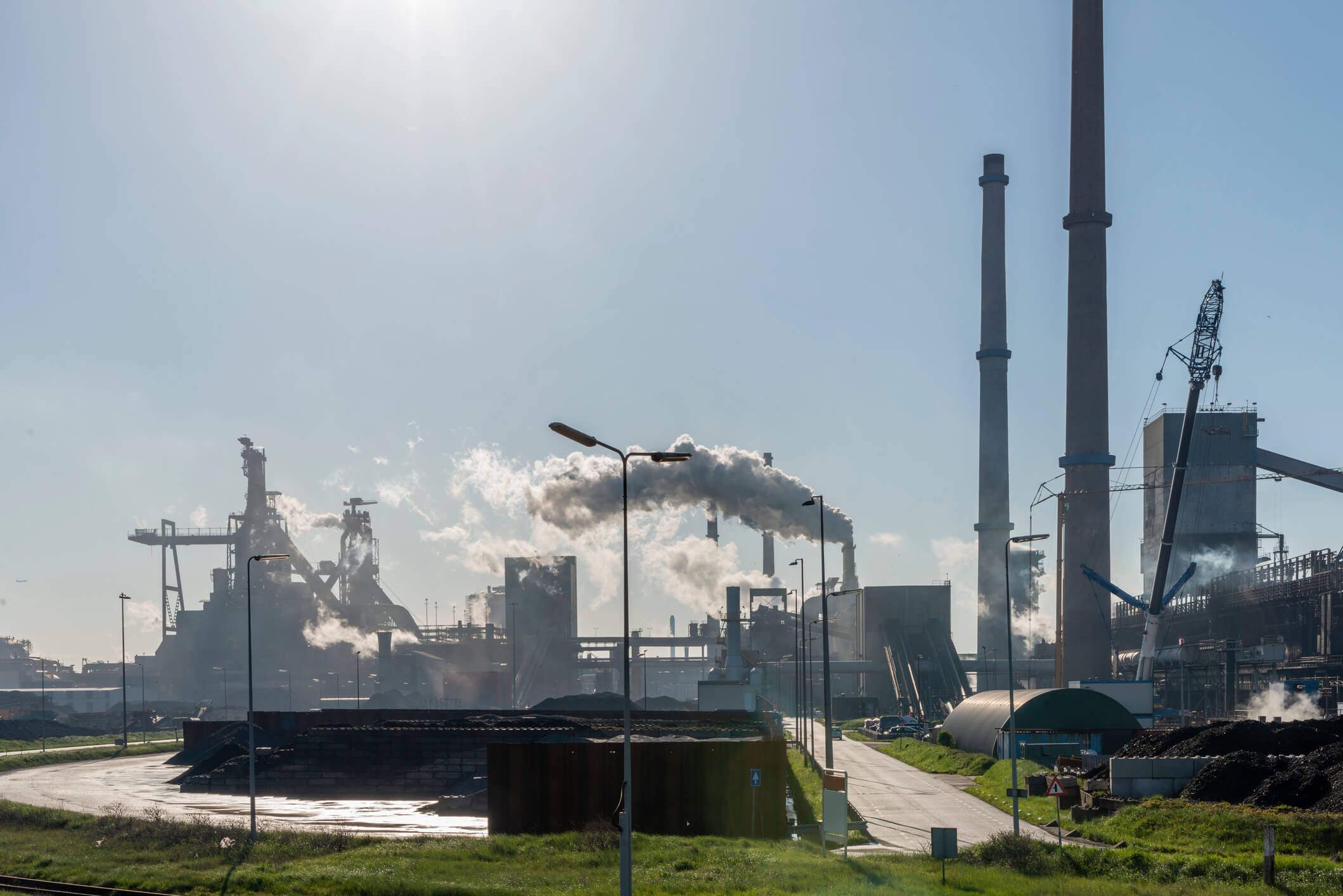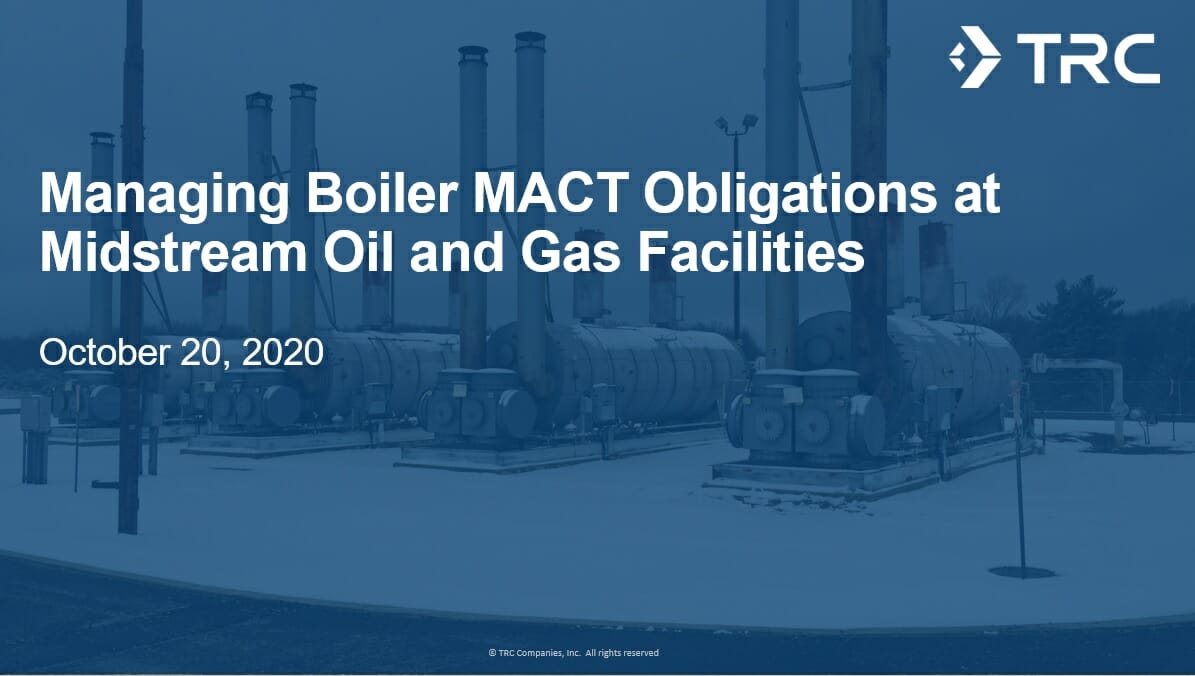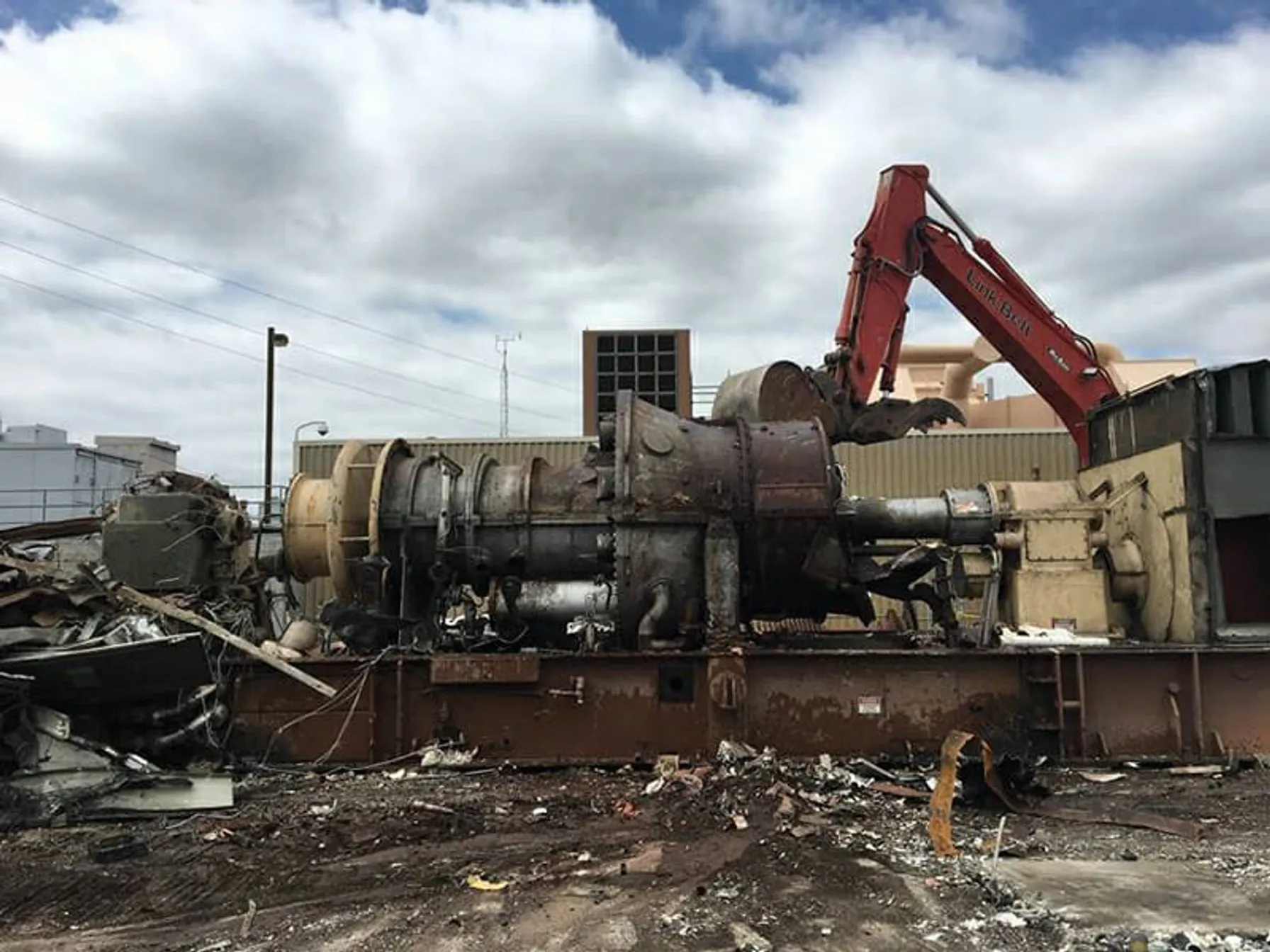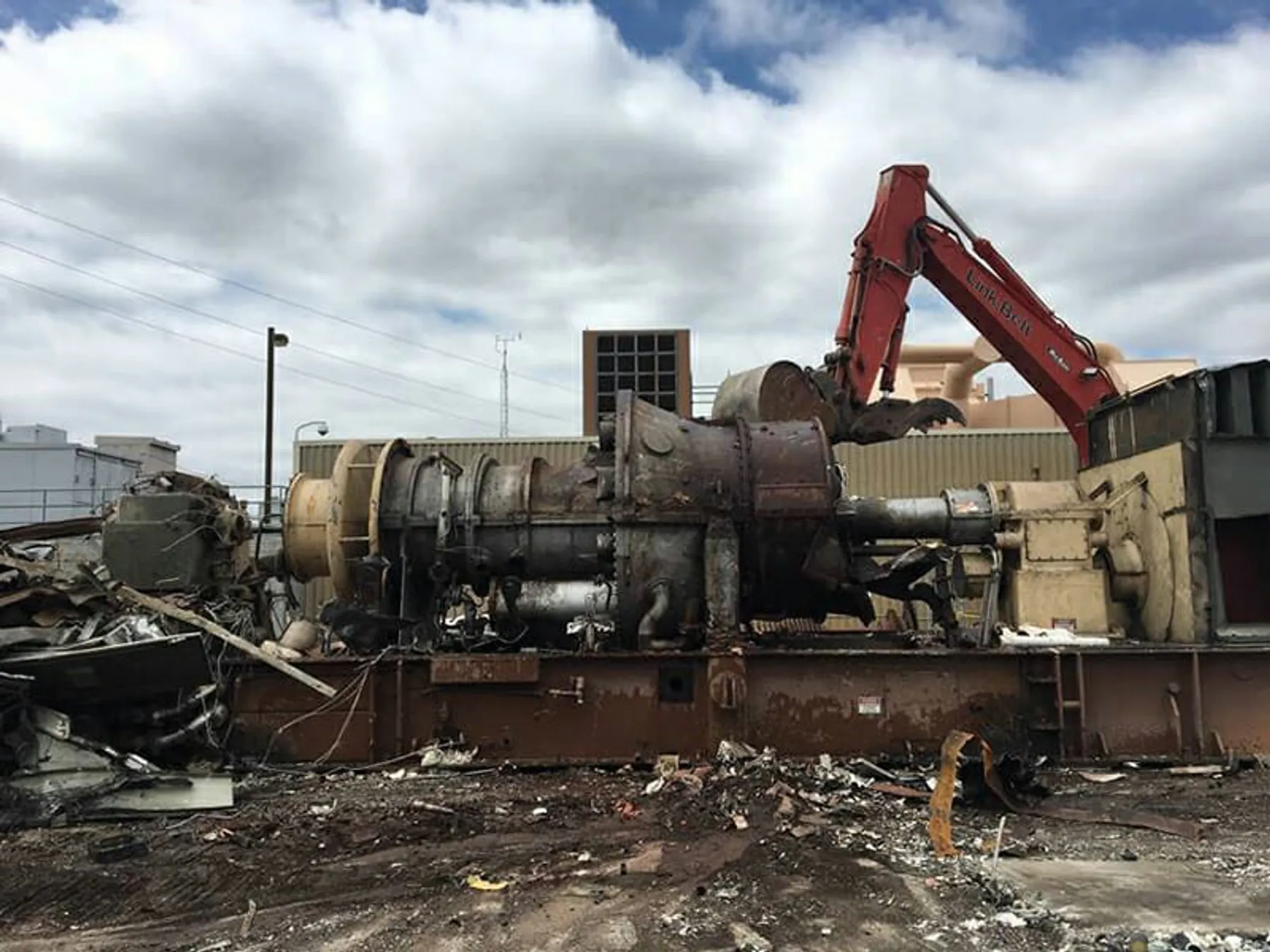The Minnesota Department of Health (MDH) published ambient air limit in July 2021 for PFAS. Specifically, MDH has developed Risk Assessment Advice (RAA) for PFOS and PFOA in air at a concentration of 0.011 microgram per cubic meter μg/m3 and 0.063 μg/m3, respectively, which applies to short-term (24-hr), subchronic (> 30 days) and chronic (> 8-yr) toxicological impacts2. A longer duration RAA value representing acute and cancer risk has not been determined. This Air Guidance Value (AGV) represents the maximum concentrations at which little or no health risk is expected for humans, including vulnerable subpopulations, that are exposed to airborne PFOS or PFOA3. MDH does not specify or enforce any application of the AGV at present.
In the February 2020 PFAS Action Plan1, the Environmental Protection Agency (EPA) identified characterizing and understanding the environmental impacts of per- and polyfluoroalkyl substances (PFAS) in ambient air as an important step in addressing potential impacts associated with these emerging contaminants.
EPA Made a Commitment
To “develop sampling and measurement methods for PFAS in air, assess effectiveness of PFAS disposal methods, and understand the effectiveness of PFAS emission controls” as part of the action plan. It also provided states with technical support on destruction technologies for PFAS such as incineration. Individual states are also taking initiative to establish ambient air PFAS (more specifically perfluorooctanoic acid [PFOA] and perfluorooctanesulfonic acid [PFOS]) threshold screening and risk assessment levels building on the EPA PFAS Action Plan. Here is a brief overview of the states that have published and implemented PFAS air-related thresholds as of August 2021.
On January 13, 2021, the New York State Department of Environmental Conservation (NYSDEC) proposed an allowable concentration in ambient air – called an Annual Guideline Concentration (AGC) – for PFOA. As of February 12, 2021, New York joined Michigan as one of the few states with established air quality limits on PFAS as the AGC for PFOA is now listed in the NYSDEC DAR-14, reflecting a state-only policy. NYSDEC routinely reviews and adjusts AGCs based on the evolving science.
The listed AGC for PFOA is 0.0053 μg/m3, expressed as an annual average. NYSDEC classifies PFOA as a high-toxicity air pollutant, meaning that the state sets an annual emission limit above which air dispersion modeling will be required to show compliance with the AGC per NYSDEC 6 CRR-NY III A 212-25. These limits range from 0.0001 pounds per year (lb/yr) for dioxins to 5,000 lb/yr for lower toxicity compounds. Because PFOA in not listed in Table 2 in NYSDEC 6 CRR-NY III A 212-2.2, for a source for “which the actual annual emission rate is greater than 100 lb/yr facility-wide, the applicant shall submit the contaminant’s hourly [emission rate potential] ERP associated with each emission source. Actual annual emission rates less than 100 pounds per year after the use of a control device must meet the provisions of 212-1.5(g)”6. Thus, TRC anticipates facilities with PFAS > 100 lbs/yr uncontrolled emissions will be required to document compliance with NYSDEC’s AGC.
On February 5, 2018, the Michigan Department of Environment, Great Lakes, and Energy (EGLE) established a PFOA, PFOS, and/or combined advisory screening level of 0.07 μg/m3. If an air permit from EGLE is required for a new or modified source, EGLE’s air toxic rules would apply. If PFOA or PFOS emissions individually, or the combined emissions of the two compounds, are above the thresholds (over a 24-hour averaging time) and the source is not exempt, the source would need to demonstrate compliance with health-based screening levels before being issued an air permit from EGLE.
Since early 2000s, the New Hampshire Department of Environmental Services (NHDES) has had ambient air limits of 0.05 μg/m3 (on a 24-hour averaging period) and 0.024 μg/m3 (on an annual averaging period) for ammonium perfluooctanoate (APFO) under New Hampshire Code of Administrative Rules, Chapter Env-A 1400, Regulated Toxic Air Pollutants7. APFO dissociates in water to form PFOA.
A 2006 NHDES Administrative Order required Saint-Gobain Performance Plastics (SGPP), which operates a facility in Merrimack, NH that manufactures polytetrafluoroethylene (PTFE) coated fiberglass and PTFE films, to use fluoropolymer coatings that contain less than 75 parts per million APFO. SGPP was required to conduct stack testing in 2016 and 2018. Based on the results of those tests, NHDES Air Resources Division issued a Temporary Permit (i.e., Permit to Construct) to SGPP in February 2020 which authorized SGPP to install a regenerative thermal oxidizer (RTO) to meet Best Available Control Technology (BACT) standards, specified under NH RSA 125-C:10-e, Requirements for Air Emissions of Perfluorinated Compounds Impacting Soil and Water. This was part of the long process for the final installation of the RTO in July 2021 to remove “air perfluorinated compounds (PFCs)”, specifically PFOA, from SGPP’s exhaust stream prior to release to the atmosphere.
Similar to NHDES, the Texas Commission on Environmental Quality (TCEQ) had also previously listed in 2003 an “Effects Screening Level” (ESL) for APFO of 0.1 μg/m3 and 0.01 μg/m3 on a short and long term averaging basis, respectively. More recently in 2011, TCEQ also added ESL values for PFOS and PFOA of 0.1 and 0.05 μg/m3 for short term, respectively, and 0.01 and 0.005 μg/m3 for long term, respectively. During the permitting phase, a facility would need to demonstrate compliance with these concentrations when a project is found to trigger off-property air quality impact requirements.
Conclusion
As summarized in the below table, the approach each state is taking to addressing PFAS chemicals in sources’ air emissions varies by quantity and definition, with standards ranging from 0.005 μg/m3 to 0.07 μg/m3.
Industries in these states that may have PFAS (specifically PFOA and/or PFOS) emissions will need to pay special attention to whether additional modeling, measurement or permitting requirements are triggered. States that have not yet published ambient air PFAS standards are currently collecting data that may be used to establish state-specific standards. For example, North Carolina has conducted a year-long statewide study of PFAS wet and dry deposition8, which may be utilized by the state to guide development of air emission PFAS standards. TRC expects more states to establish PFAS air standards and will continue to monitor developments on a state by state basis to keep our clients informed.





